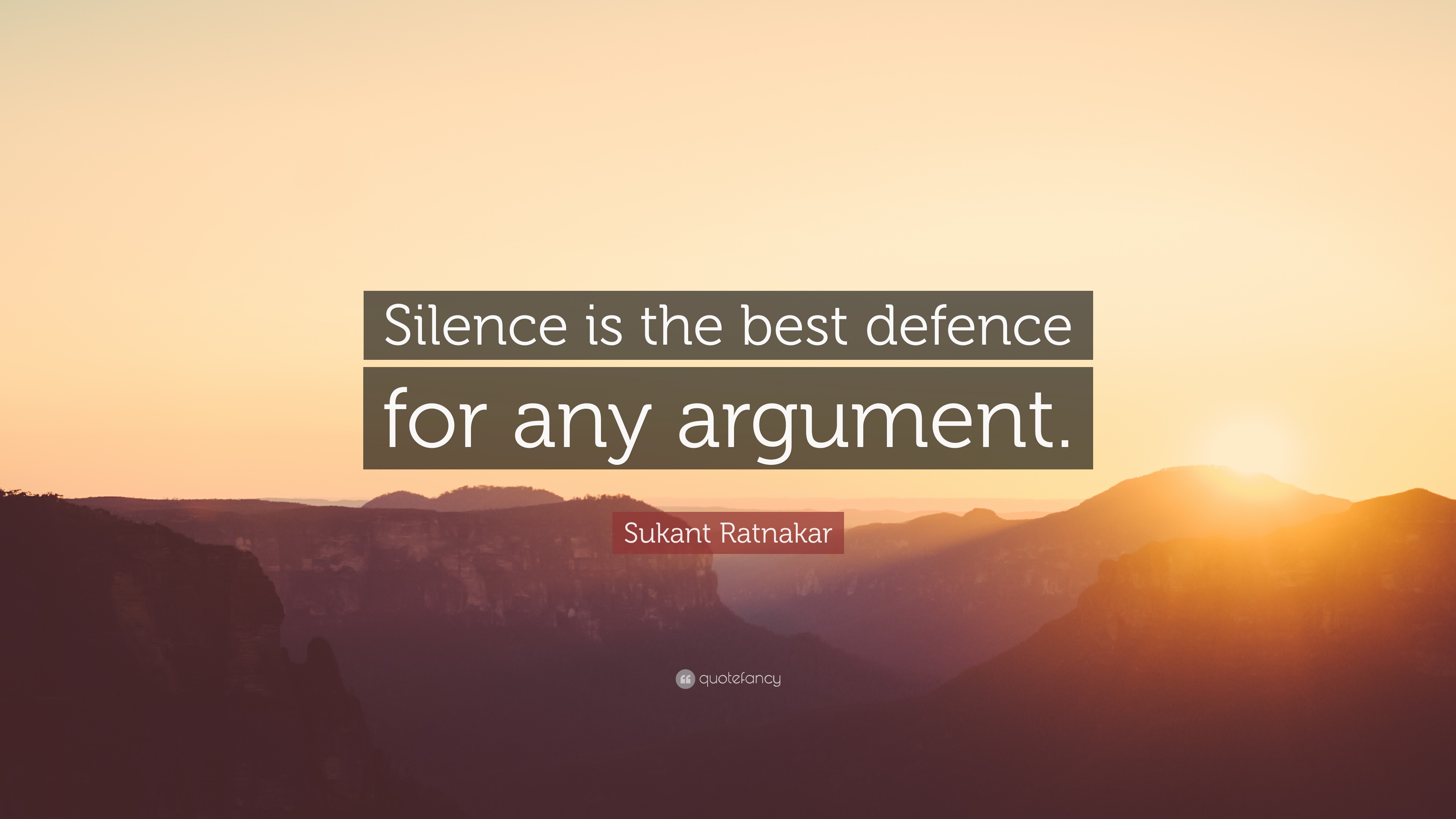Introduction
Our world prizes constant communication—meetings, notifications, online chatter. Yet research suggests that silence, rather than speech, often yields deeper thought, empathy, and composure. The psychology of silence reveals that pausing can enhance mental health, strengthen relationships, and foster creativity.
Read More: Sleep and Mental Health
Defining Silence
Silence is more than the absence of sound. It encompasses conversational pauses, reflective stillness, and internal quieting of thought. Nachmanovitch (1990) described silence as the “space between notes” that gives meaning to music; likewise, psychological silence frames and deepens human experience.
Cognitive and Emotional Benefits
Some benefits of it include:
1. Restoration and Stress Reduction
Noise exposure elevates cortisol and blood pressure, whereas silence reverses these effects. Krause (2019) found that even brief silent intervals reduce physiological arousal. Bernardi et al. (2006) compared musical pieces separated by silent pauses and discovered that heart rate and blood pressure dropped significantly during silent periods.

Furthermore, two minutes of silence produced greater relaxation than slow music, indicating the brain’s intrinsic response to quiet (Bernardi et al., 2006). Prolonged noise, conversely, correlates with higher anxiety and impaired concentration (Stansfeld & Matheson, 2003).
2. Enhanced Attention and Creativity
Silence activates the brain’s default-mode network (DMN)—regions associated with self-reflection, memory consolidation, and creative insight (Immordino-Yang et al., 2012). Without external stimulation, the mind reorganizes information, leading to “aha” moments.
Psychologists theorize that creativity flourishes during low-stimulus states because neural resources previously devoted to sensory processing become available for association and imagination (Martindale, 1999).
3. Self-Awareness and Mindfulness
Quiet reflection strengthens metacognition—the ability to observe one’s own thoughts. Mindfulness-based interventions often begin with silent breathing, which improves emotional regulation and reduces rumination (Kabat-Zinn, 2003). Silence, then, becomes both a method and a metaphor for inner awareness.
Silence in Communication
The Power of the Pause
Conversational silence shapes interpersonal dynamics. Pausing before responding signals attentiveness and allows cognitive processing. Research on conversation analysis shows that a pause of roughly two seconds after a speaker finishes encourages elaboration and demonstrates empathy (Bavelas et al., 2000).

In negotiation and counseling, deliberate silence can prompt disclosure. Therapists often use “therapeutic pauses” to allow clients to gather thoughts or confront emotions (Hill et al., 2003). In conflict situations, silence provides space for de-escalation by reducing immediate reactivity.
Listening and Empathy
Active listening involves intentional silence. By refraining from interrupting, listeners convey respect and validation. Rogers (1957) emphasized empathic understanding as the core condition of effective helping relationships; silence enables that empathy to manifest nonverbally.
Cultural and Contextual Differences
Interpretations of silence vary widely. In Japanese and Finnish cultures, pauses signify respect and reflection; in many Western contexts they can evoke discomfort (Nakane, 2007). Understanding these nuances is crucial for intercultural communication. Silence may signal agreement, dissent, contemplation, or politeness depending on cultural scripts.
When Silence Harms
Silence is not inherently virtuous. In group settings, prolonged quiet can indicate low psychological safety—fear of speaking up (Edmondson, 1999). In personal relationships, avoidant silence may communicate withdrawal or punishment. The key distinction is intentional versus defensive silence. Constructive silence invites reflection; defensive silence avoids confrontation.

Harnessing Silence for Well-Being
Some ways to harness it include:
- Daily Quiet Practice. Set aside five minutes of silence for breathing or reflection to reduce stress and enhance focus.
- Silent Pauses in Dialogue. Count two seconds before replying to encourage thoughtfulness.
- Environmental Silence. Seek natural or quiet spaces; even short exposure lowers sympathetic activation (Ulrich et al., 1991).
- Digital Silence. Disconnect periodically from media noise to restore attentional resources.
- Intentional Framing. If silence might be misinterpreted, articulate its purpose (“I’m pausing to think”).
Conclusion
In a culture that equates speech with power, silence remains undervalued. Yet psychology shows that pausing can enhance cognition, creativity, and compassion. Moments of quiet allow the nervous system to reset, the mind to integrate, and communication to deepen.
Learning to wield silence intentionally—rather than fearing it—can transform both our inner and interpersonal worlds. As Lao Tzu wrote, “Silence is a source of great strength.” Modern research increasingly agrees.
References
Bavelas, J. B., Coates, L., & Johnson, T. (2000). Listeners as co-narrators. Journal of Personality and Social Psychology, 79(6), 941–952. https://doi.org/10.1037/0022-3514.79.6.941
Bernardi, L., Porta, C., & Sleight, P. (2006). Cardiovascular, cerebrovascular, and respiratory changes induced by different types of music in musicians and non-musicians: The importance of silence. Heart, 92(4), 445–452. https://doi.org/10.1136/hrt.2005.064600
Deci, E. L., & Ryan, R. M. (2000). The “what” and “why” of goal pursuits: Human needs and the self-determination of behavior. Psychological Inquiry, 11(4), 227–268.
Edmondson, A. C. (1999). Psychological safety and learning behavior in work teams. Administrative Science Quarterly, 44(2), 350–383.
Hill, C. E., Thompson, B. J., & Williams, E. N. (2003). A guide to conducting consensual qualitative research. The Counseling Psychologist, 31(4), 517–572.
Immordino-Yang, M. H., Christodoulou, J. A., & Singh, V. (2012). Rest is not idleness: Implications of the brain’s default-mode network for human development and education. Perspectives on Psychological Science, 7(4), 352–364.
Kabat-Zinn, J. (2003). Mindfulness-based interventions in context: Past, present, and future. Clinical Psychology: Science and Practice, 10(2), 144–156.
Krause, B. (2019). The great animal orchestra: Finding the origins of music in the world’s wild places. Little, Brown.
Martindale, C. (1999). Biological bases of creativity. In R. J. Sternberg (Ed.), Handbook of creativity (pp. 137–152). Cambridge University Press.
Nakane, I. (2007). Silence in intercultural communication: Perceptions and performance. John Benjamins.
Nachmanovitch, S. (1990). Free play: Improvisation in life and art. Tarcher/Putnam.
Rogers, C. R. (1957). The necessary and sufficient conditions of therapeutic personality change. Journal of Consulting Psychology, 21(2), 95–103.
Stansfeld, S. A., & Matheson, M. P. (2003). Noise pollution: Non-auditory effects on health. British Medical Bulletin, 68(1), 243–257. https://doi.org/10.1093/bmb/ldg033
Ulrich, R. S., Simons, R. F., Losito, B. D., Fiorito, E., Miles, M. A., & Zelson, M. (1991). Stress recovery during exposure to natural and urban environments. Journal of Environmental Psychology, 11(3), 201–230.
Subscribe to PsychUniverse
Get the latest updates and insights.
Join 3,020 other subscribers!
Niwlikar, B. A. (2025, November 6). The Psychology of Silence and 3 Important Benefits of It. PsychUniverse. https://psychuniverse.com/psychology-of-silence/



